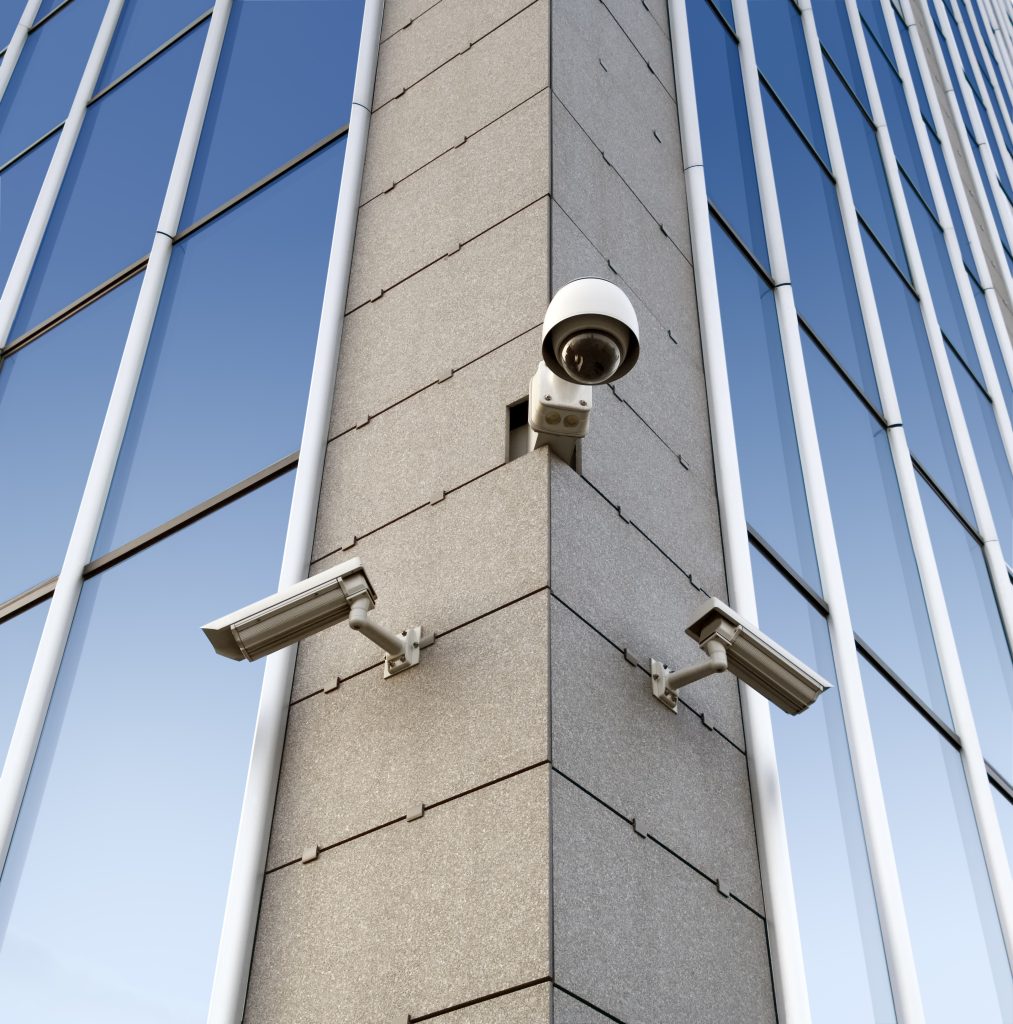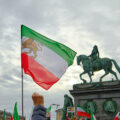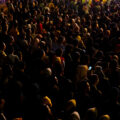The intersection of facial recognition and faith
The intersection of facial recognition and faith
Facial recognition is everywhere, including religious worship. While some, like ChurchIX founders, value it, others fear the technology will lead to abuse within faith.
As technology becomes ever more advanced and integrated into our daily lives, religious practice is no exception. Similarly, technology’s role in religion – as in other fields – elicits both praise and criticism, admiration and fear. This article explores the role of technology, particularly facial recognition, in its interactions – unfortunately overall seemingly negative – with religious institutions and adherents.
ChurchIX and other programmes: early days of optimism
Well before the pandemic mixed technology and faith unlike ever before,[1] some churches had already taken matters into their hands. In search of ways to better keep track of their parishioners, several churches sought out facial recognition services.[2] In 2015, one such vendor, Face-Six, found themselves approached by so many interested churches, that they launched a version of their facial recognition app designed specifically for churches to use to monitor attendance: ChurchIX.[3] [4] The designers claim the app was developed to help churches streamline that which they already did: monitor their parishes. Yet some, like those at UK-based organisation Big Brother Watch, viewed the new technology as an exceedingly unnecessary and problematic technological overreach.[5] [6]
Despite these warnings, the use of the technology spread, albeit via different companies. In Brazil, for instance, the company Kuzzma has provided a similar service, largely mimicking ChurchIX.[7] [8] Importantly, for the vast majority of these services, churchgoers needed to consent and/or sign up in order for their information to be regularly stored. In other scenarios, however, that was not the case.
The hijab and Iranian (ab)use of facial recognition
Criticisms of facial recognition remain and are likely to be bolstered by news of Iran’s use of facial recognition to crack down on violations of the country’s strict dress code for women.[9] Since the Iranian Revolution in 1979, the country’s Muslim clerics have mandated that women wear the hijab when in public.[10] [11] Enforcement of these rules has fluctuated, historically.[12] In summer 2022, Iranian authorities encouraged better rule following during a national Hijab and Chastity Day.[13] Instead of better compliance, weeks of protest erupted against these dress codes.[14] Eventually in August, Iran’s president, Ebrahim Raisi, issued an order calling for violations to be treated more seriously. The decree institutes fines and, for female government officials, firings when violations are caught.[15] Shortly thereafter, the secretary of Iran’s Headquarters for Promoting Virtue and Preventing Vice, Mohammad Saleh Hashemi Golpayegani, warned that the government would use facial recognition technology to monitor for potential rule violators.[16] [17]
The consequences of such a violation, beyond fines, can be quite dire. Earlier in summer 2022, a 28-year-old Iranian woman, Sepideh Rashno, was charged with not wearing a hijab on a bus. She was arrested, then allegedly beaten and forced to apologise on television.[18] Facial recognition technology may allow authorities to better catch others.
Fears of similar strands of abuse have circulated around Europe’s plan to generate an interconnected facial recognition database.[19] Under new data sharing proposals, known as Prüm II, European nations could better send and rely on facial recognition technology to investigate crimes – sometimes retroactively.[20] The Iranian experiment serves as a cautionary tale.
Chinese use of facial recognition
Iran is not the only country to have generated criticism for its use of facial recognition in a religious sense. In April 2022, Open Doors, a charity organisation aimed at protecting persecuted Christians around the world, published a report on technology’s use to persecute religious minorities.[21] Of particular focus for the report was Chinese use of technology to monitor and punish religious minorities within its borders, particularly the Uyghurs. Chinese officials have programmed voice recognition and facial recognition technology to survey for any potential religious leanings. Should evidence of faith be observed, an individual could potentially face arrest and “re-education” at one of the notoriously secretive camps.[22]
An uncertain future
The Open Doors report, completed in part for the British Prime Minister’s Special Envoy on Freedom of Religion or Belief, lauds the British government’s concern over the potential future use of technology in religious persecution. While focusing its recommendations on UK policy responses, the report strongly urges that a solid regulatory regime be established governing facial recognition. That way a stricter standard, one that protects religious independence, can hopefully spread.[23]
You can use the free EARS Dashboard to learn more about trends and developments on the topic of religion and society. Hundreds of article summaries from all over the world were added in the past month!
Sources
[1] Technology as a religious agent
[2] Event Attendance with Facial Recognition Software
[3] Gesichtserkennung im Gottesdienst
[5] Gesichtserkennung im Gottesdienst
[6] Churches introduce FACIAL RECOGNITION to keep track of members’ attendance
[7] Apps, robots, and facial recognition in the church
[8] Iglesias brasileñas adquieren tecnología de reconocimiento facial para controlar la asistencia y emociones de sus fieles
[9] Iranian authorities plan to use facial recognition to enforce new hijab law
[10] Iranian authorities plan to use facial recognition to enforce new hijab law
[11] Iran Using Surveillance Cameras To Identify Women Breaking Hijab Rule
[12] Iranian women take to the streets to protest hijab laws
[13] Iranian women take to the streets to protest hijab laws
[14] Iranian women take to the streets to protest hijab laws
[15] Iranian President Signs Decree Further Restricting How Women Can Dress
[16] Iranian authorities plan to use facial recognition to enforce new hijab law
[17] Iran Using Surveillance Cameras To Identify Women Breaking Hijab Rule
[18] Iranian authorities plan to use facial recognition to enforce new hijab law
[19] Europe Is Building a Huge International Facial Recognition System
[20] Europe Is Building a Huge International Facial Recognition System
[21] Digital Persecution: The New Frontier Freedom of Religion or Belief
[22] ‘Our souls are dead’: how I survived a Chinese ‘re-education’ camp for Uyghurs
[23] Digital Persecution: The New Frontier Freedom of Religion or Belief






